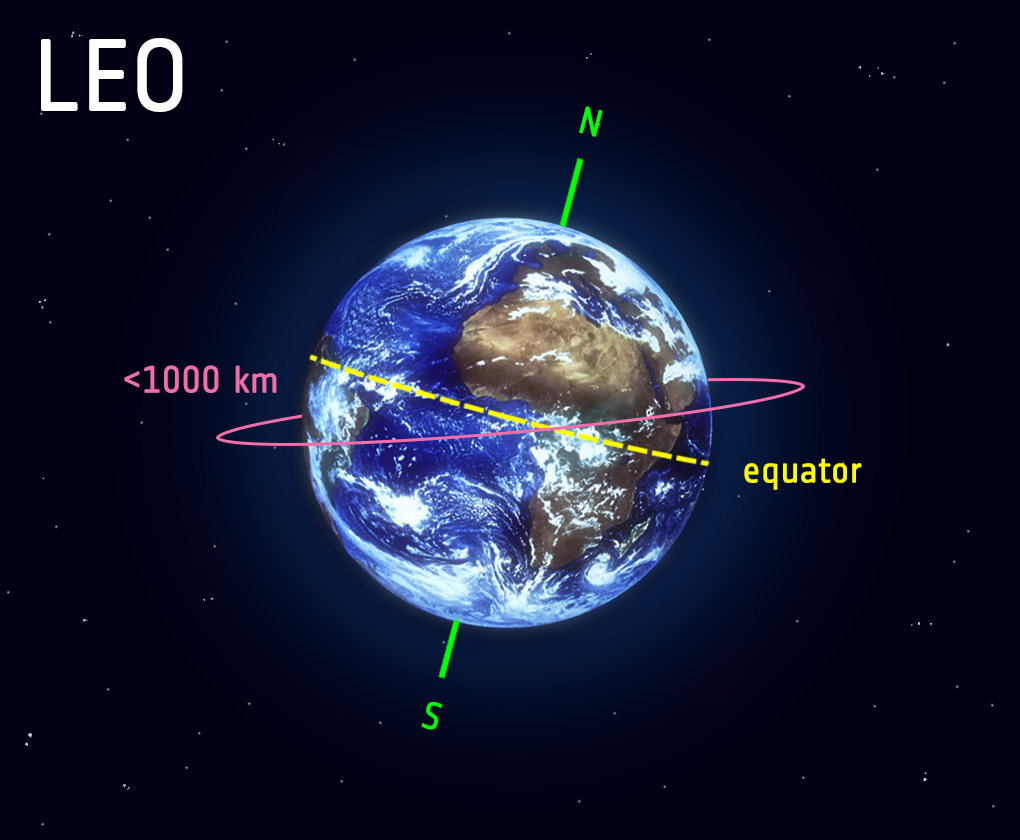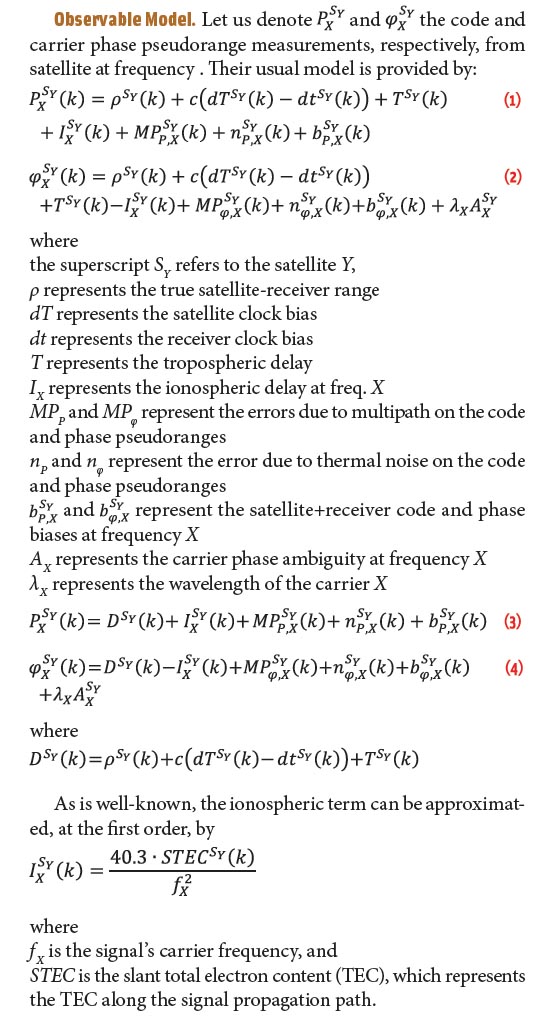A new paper (June 2024) published in Navigation, the Journal of the Institute of Navigation, by Arial Baron, Pini Gurfil and Hector Rotstein of Technion-Israel Institute of Technology, describes a useful approach for navigation based on low Earth orbit (LEO) satellite signals of opportunity (SoOps), using carrier Doppler-shift observables.
The paper, entitled ‘Implementation and Accuracy of Doppler Navigation with LEO Satellites’, provides analytically derived and simplified formulas for the Jacobian involved in the numerical computation of the navigation solution, and derives a global navigation satellite system-like dilution-of-precision metric that can be used to assess accuracy.
The use of SoOPs from LEO satellites has recently been proposed as a resilient alternative to GNSS-based navigation, thanks to their desirable characteristics for positioning, navigation, and timing (PNT) applications. LEO satellites are 25–40 times closer to Earth than their GNSS counterparts, which reside in medium Earth orbits (MEOs). This entails important advantages from a user viewpoint, including significantly stronger signals, which grant stronger immunity to jamming, and much shorter orbital periods, which entail the generation of robust Doppler effects that to be measured and used for navigation.
Companies such as OneWeb, SpaceX, Boeing, Samsung, Kepler, Telesat, and LeoSat, are already planning to launch LEO satellites in order to provide broadband internet and communication services globally. Thus, signals from LEO satellites are likely to become more and more abundant and diverse in frequency and direction. LEO SoOps that might be useful for navigation will come in different frequency bands, including the L-band, S-band, Ku-band, and more.
Useful approach
The paper by Baron, et.al. describes the use of carrier Doppler-shift observables from LEO-satellite SoOps, following the alternative approach proposed by Mark Psiaki in 2021. This approach uses a high-fidelity model of carrier Doppler shifts to formulate a batch filter for simultaneously computing the eight unknowns of the underlying problem: three-dimensional position and velocity, clock bias, and clock drift. The authors conclude the simplified Jacobian is a viable option for implementing the Psiaki approach.
This paper includes a detailed review of existing literature, considering several alternative approaches, and it concentrates on the algorithm for using carrier Doppler-shift measurements, showing how computations can be improved by using explicit formulas for the Jacobian instead of numerical approximations. It also provides results of numerical simulations of the dilution-of-precision formulations, the navigation algorithm performance, and a Monte-Carlo comparison of differing options for Jacobian matrices.





